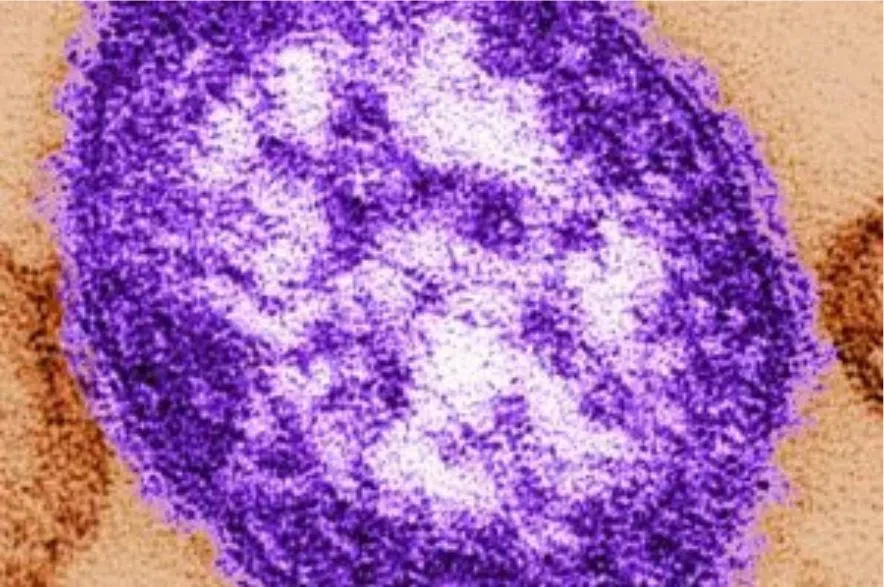A confirmed measles case in Yorkton has prompted a notification of exposure risk from the Saskatchewan Health Authority (SHA).
In a Aug. 13 news release, the SHA said that people who were at the identified locations during the specified times should monitor for measles symptoms for up to 21 days after exposure.
Locations are Value Village at 277 Broadway St. E., North 40 at Condessa Plaza on Smith St. W., Parkland Surplus at Highway 10 E., Dollarama at 275 Broadway St. E. and Walmart at 240 Hamilton Rd. on Aug. 5 from 12 p.m. to 6 p.m.
Read more:
- Measles immunization changes for babies in high-risk exposure areas
- Alberta surpasses U.S. in confirmed measles cases with more than 1,300 since March
- Dr. Shahab: 5-month-old patient among rising measles cases
Symptoms of measles include fever, cough, runny nose, red eyes, fatigue, irritability, a red, blotchy rash and small white spots inside the mouth and throat.
Anyone who was exposed is advised to call the 811 health line if they are unvaccinated, unsure of their vaccination status or if they develop symptoms.
“Anyone potentially exposed may be eligible for preventative treatment for up to six days after exposure if they are unvaccinated, pregnant, under one year of age, or immune suppressed,” the health authority previously stated.
According to data from the Saskatchewan Ministry of Health, 71 cases of measles were reported in the province between March 14 and Aug. 6, and 46 of those cases were in children 17 and under.
The ministry said 63 of the 71 patients were not vaccinated against measles.
So far in 2025, measles cases have resulted in eight patients being hospitalized and one ICU admission, but no deaths.
Why is measles dangerous?
Measles is highly contagious and can spread very easily by breathing contaminated air after an infected person coughs or sneezes, or by touching a contaminated surface such as a doorknob or a shopping cart.
In rare cases it can lead to respiratory failure, swelling of the brain and death.
If anyone breathes the contaminated air or touches a contaminated surface and then touches their nose, eyes or mouth, they can become infected.
The virus can live up to two hours in the air or on surfaces in a space where an infected person coughed or sneezed.
It can spread to others from four days before a rash appears until four days after a rash develops. Through this period, people need to stay in strict isolation to avoid spreading the infection.
— with files from Canadian Press











